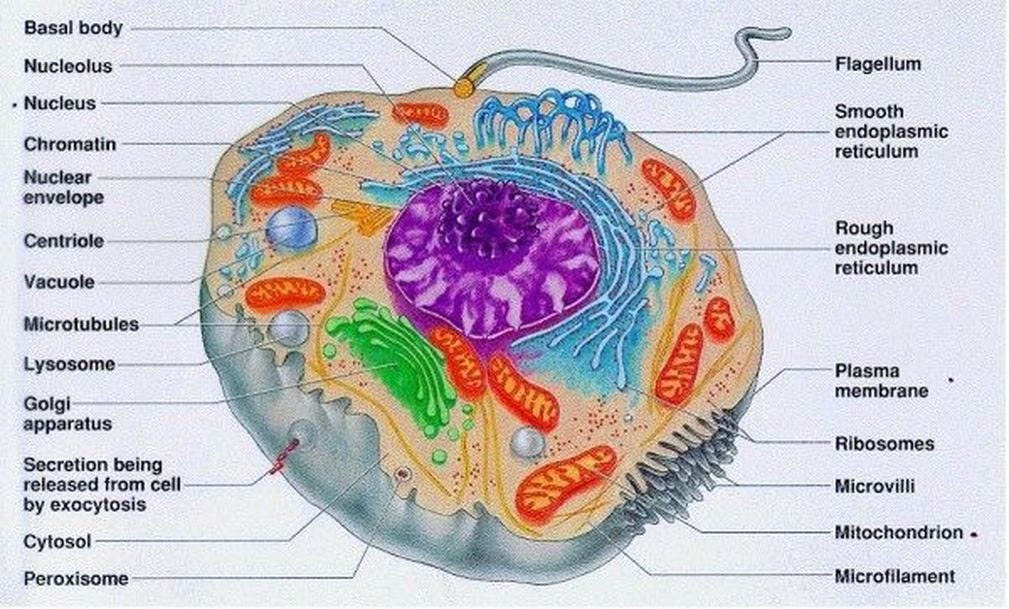Framing observational data within a Fantasy
Bad data interpretation; the 'Epicycle trap' that is still with us today.
In the article below, the researchers go to great pains to place their findings within the context of the Big Bang theory, describing the relative amount of gas surrounding distant deep field galaxies. They do not however, address the fact of galaxies themselves, being a mere 900 million years old, a timespan that is an anathema for the physical development of billions of stars that have to ignite, then organize themselves into these extraordinary super-massive galactic configurations.
To put this timeline into an evolutionary context, life on earth existed at least 2.5 billion years ago. For an earth-bound geologist 900 million years is rather unsubstantial, not to mention that our planet is likely 5 billion years old. Surely, one has to live in some sort of anti-science fantasy land of faith to believe fully grown galaxies could form in such a short timeframe as evidenced by the James Webb Space Telescope deep field images..
Add to that, our present interpretation of cosmic redshift would have a ‘Dark Ages’ just after a supposed Big Bang, but as we can see via the JWST, this supposed epoch of exclusively primordial particles simply isn’t there, so our present widely accepted interpretation of cosmic redshift is wrong.
Simply put, the linked article is an excellent example of good research paced within a lousy interpretative framework - such as the Big Bang.
The article explains that gas in this particular deep field location exhibits different illumination or densities, observations that could as easily fit a model that describes a much larger universe with extraordinarily large structures.
Using a simplistic example of this, imagine we were sitting on an atom in an organic cell looking out and observing what we perceive as our universe (incidentally, we could use a similar scenario using an atomic nucleus).
Imagine our location is inside a mitochondrion (see illustration) and with our feeble instruments we are able to perceive its boundary which we mistakenly believe is a Big Bang. Even if we could see further, it would be upon a sea of objects consisting of different densities and qualities, but in no way suggests anything as primitive as a Big Bang.
The hard data of the JWST (deep field galaxies, no ‘Dark Ages’) invites us to discard our previous simplistic, almost religious obsession of universal smallness originating from a mysterious, single origin.
This is the specific article in question, but is comparable to many others that strictly adhere to the now defunct Big Bang model
“Cosmic Light Switch: NASA’s Webb Space Telescope Proves Galaxies Transformed the Early Universe”
https://scitechdaily.com/cosmic-light-switch-nasas-webb.../
Stephen Goodfellow. 09/11/2023




